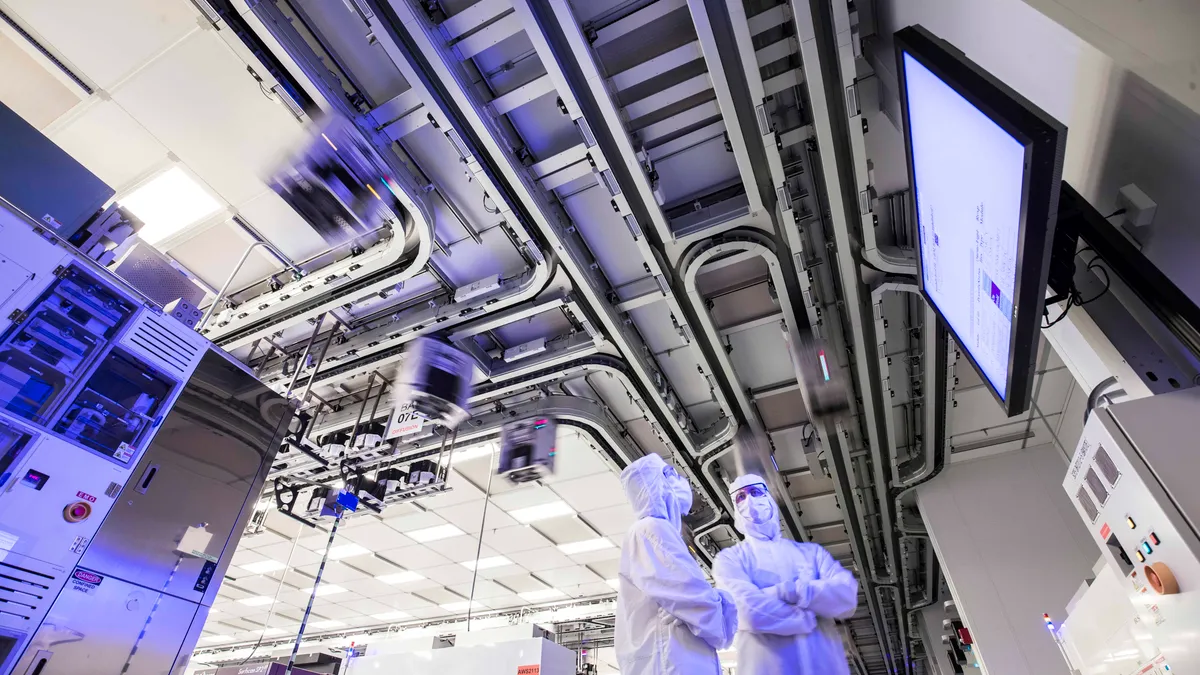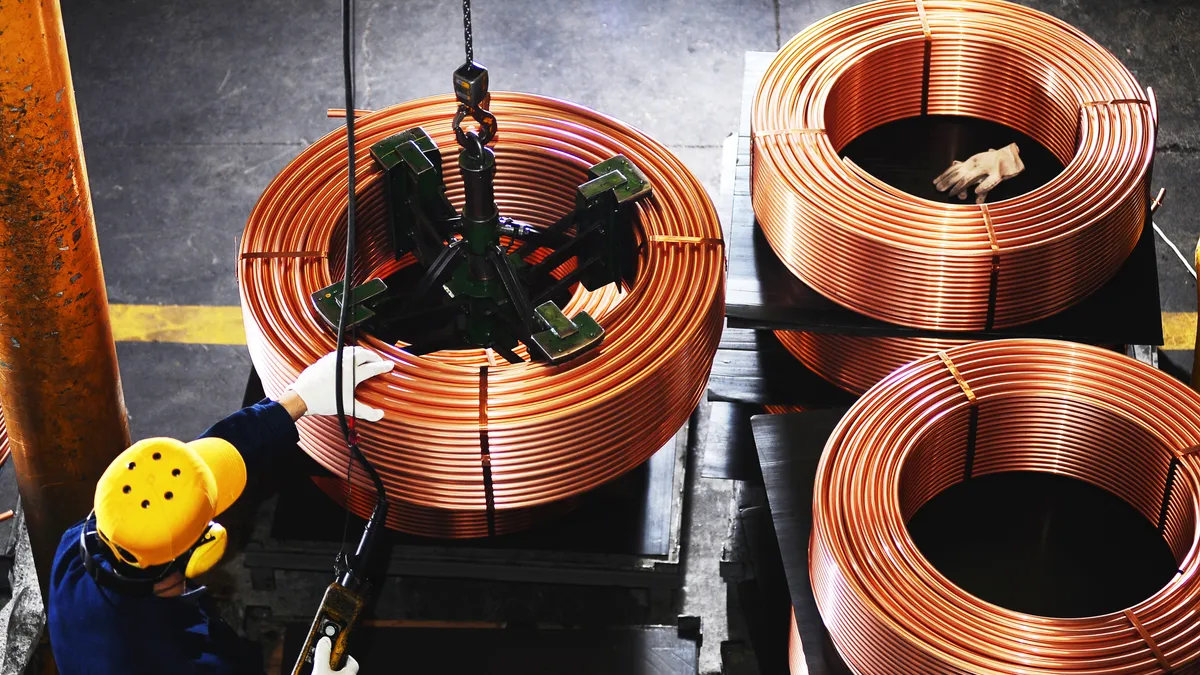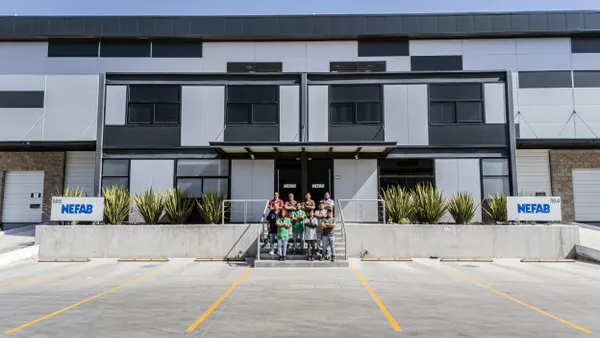Intel’s U.S. semiconductor production plans got a massive boost last week thanks to $8.5 billion in federal funding announced from the CHIPS and Science Act.
The money will be put toward Intel's projects in Arizona, New Mexico, Ohio and Oregon, where the company is scaling up or establishing massive semiconductor manufacturing and research and development facilities.
The infusion of capital raises the question of whether or how it might lead Intel to expedite its plans to expand its domestic chip supply chain. The company is a key player in the Biden administration's push to grow the U.S.'s domestic semiconductor supply chain, relying on Intel's technological and production prowess to drive much of the expansion.
The administration aims to have the country produce 20% of the world’s leading-edge logic chips by the end of the decade, a lofty goal as the U.S. currently produces none of this technology.
With the CHIPS funding, however, Intel's plans may take a big step forward, said Bob O'Donnell, president, founder and chief analyst of Technalysis Research. The question now, O'Donnell said, is how quickly the company can get the projects ready for production, particularly in Ohio, where Intel is building two leading-edge semiconductor fabrication facilities.
The issue of timing will be critical for Intel's many suppliers, which need to scale their own production and workforce to match the company's plans. While major suppliers can now have more confidence in investing in their own operations due to the funding, smaller companies may need a clearer timeline for when orders to them may begin flowing, O'Donnell said.
That could still be years from now. Intel has delayed its expected production start date for its $20 billion Ohio project to late 2026, the company said last month.
"It's all fine to have these plans, but they need people to order parts to be built," O'Donnell said. "But this is a huge step in the right direction. I think it should give their whole supply chain more confidence that it's really going to happen.”
Intel's supply chain is massive – the company had more than 9,000 tier 1 suppliers across 89 countries as of 2020.
In Oregon alone, Intel spent more than $4 billion with more than 500 suppliers in 2022, according to the Commerce Department. The state is home to Intel’s main domestic R&D hub, which the company is planning to upgrade, with the possibility of adding a multibillion-dollar expansion in the future.
Suppliers are investing big in Ohio, too. The supplier pool in the state has grown to 300 companies across nearly 40 counties since the announcement of the New Albany project, according to the Ohio Manufacturers' Association.
The state and Intel have jointly launched a semiconductor supply chain consortium to help suppliers in Ohio get their own CHIPS funding for projects worth less than $300 million.
As Intel completes construction on its upcoming factories, suppliers should use this time to assess their capacity to take on new order volumes once the sites are up and running, said James Anderson, business development manager at Actalent, with a focus on the semiconductor market. This could include companies ranging from equipment manufacturers to logistics service providers and testing companies.
Suppliers should review what staffing additions or external partnerships they may need to take on new work so that they’re ready to go “once the taps turn on,” Anderson said.
“The lull is now over the next couple of years while they get these plants built, but after that it's going to be all systems go.”













